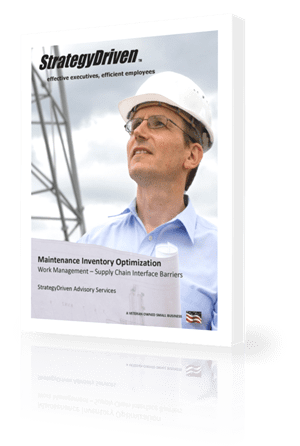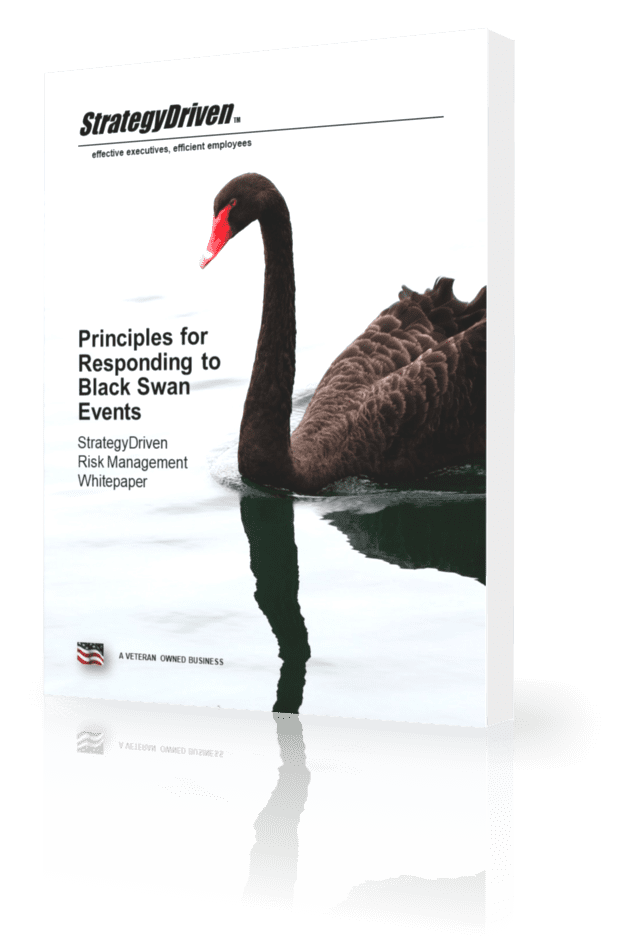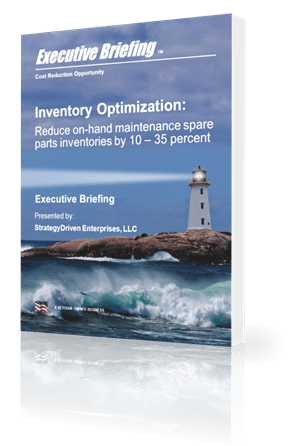Risk Management Warning Flag 1 – Unadjusted Resourcing of Risk Monitoring Activities

Hi there! Gain access to this article with a FREE StrategyDriven Insights Library – Sample Subscription. It’s FREE Forever with No Credit Card Required.
| Sign-up now for your FREE StrategyDriven Insights Library – Sample Subscription
In addition to receiving access to Risk Management Warning Flag 1 – Unadjusted Resourcing of Risk Monitoring Activities, you’ll help advance your career and business programs through anytime, anywhere access to:
Best of all, it’s FREE Forever with No Credit Card Required. |
About the Author












Leave a Reply
Want to join the discussion?Feel free to contribute!